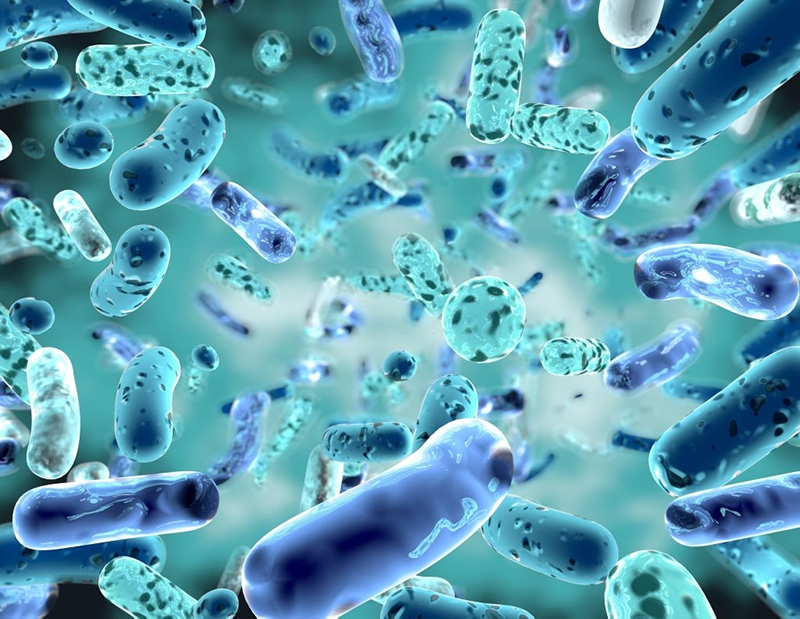The most common probiotic, or “good” bacteria, is Lactobacillus acidophilus (L. acidophilus). Many beneficial bacteria exist in the intestines and vaginal canal, where they guard against disease-causing germs. They accomplish this in a variety of ways. When L. acidophilus breaks down food in the intestine, for example, lactic acid and hydrogen peroxide are produced, creating a hostile environment for “bad” bacteria. Probiotics are frequently recommended as a supplement when taking antibiotics. Antibiotics destroy bacteria without regard for whether they are “friendly” or “unfriendly” organisms. As a result, the equilibrium of healthy and bad bacteria in the intestines may be disrupted. Some studies believe that taking probiotics can help reestablish a healthy bacterial balance. probioticseverything.comprobiotic l acidophilus
Lactobacillus bulgaricus, L. casei, L. reuteri, Lactobacillus GG, Bifidobacterium longum, Bifidobacterium bifidum, Streptococcus thermophiles, and Saccharomyces boulardii are among the other probiotics (a kind of yeast). probioticseverything.comprobiotic l acidophilus
Some health care experts recommend using prebiotics in addition to probiotics. Prebiotics are soluble fibers that help probiotics thrive in the intestine. They can be found in some meals or supplements. Fructooligosaccharides (FOS), a carbohydrate found in several fruits and vegetables, are one example. probioticseverything.comprobiotic l acidophilus
Usages
L. acidophilus has not been approved by the Food and Drug Administration (FDA) for any medical application. Health professionals, on the other hand, may recommend the supplement for a variety of reasons, including the ones listed below. probioticseverything.comprobiotic l acidophilus
Infections of the vaginal canal
Using L. acidophilus vaginal suppositories to treat bacterial vaginosis has been suggested in several research. Eating yogurt with L. acidophilus cultures may also benefit, according to a modest number of clinical investigations. L. acidophilus is also used to treat or prevent vaginal yeast infections in some persons. More investigation is required. probioticseverything.comprobiotic l acidophilus
Preventing diarrhoea
The evidence for Lactobacillus as a diarrhea preventative is conflicting. According to certain studies, L. acidophilus may be useful in preventing traveler’s diarrhea (caused by eating contaminated food). Lactobacillus GG has been shown to be effective in other research. In preliminary investigations, a combination of probiotics (Saccharomyces boulardii and a mixture of Lactobacillus acidophilus and Bifidobacterium bifidum) helped alleviate traveler’s diarrhea.
Although the evidence is mixed, probiotics, particularly Lactobacillus GG, may help prevent or treat infectious diarrhea in children and adults. Probiotics appear to be the most effective treatment for rotavirus in infants and campylobacter infections in adults, according to studies. Diarrhea in children can be life-threatening. If it lasts more than a day or your child appears dehydrated, you should contact a doctor. probioticseverything.comprobiotic l acidophilus
Other research suggests that consuming probiotics on a daily basis can help individuals avoid stomach illnesses. In fact, taking L. acidophilus with other probiotic strains has been shown to increase immune function and overall health. In one trial, taking a two-strain probiotic twice a day for three months reduced symptoms of the common cold and school absence in schoolchildren. probioticseverything.comprobiotic l acidophilus
Probiotics, particularly Lactobacillus GG and S. boulardii, have been shown in several studies to help reduce antibiotic-associated diarrhea. Antibiotic-induced diarrhea can be dangerous, so tell your doctor right away. probioticseverything.comprobiotic l acidophilus

